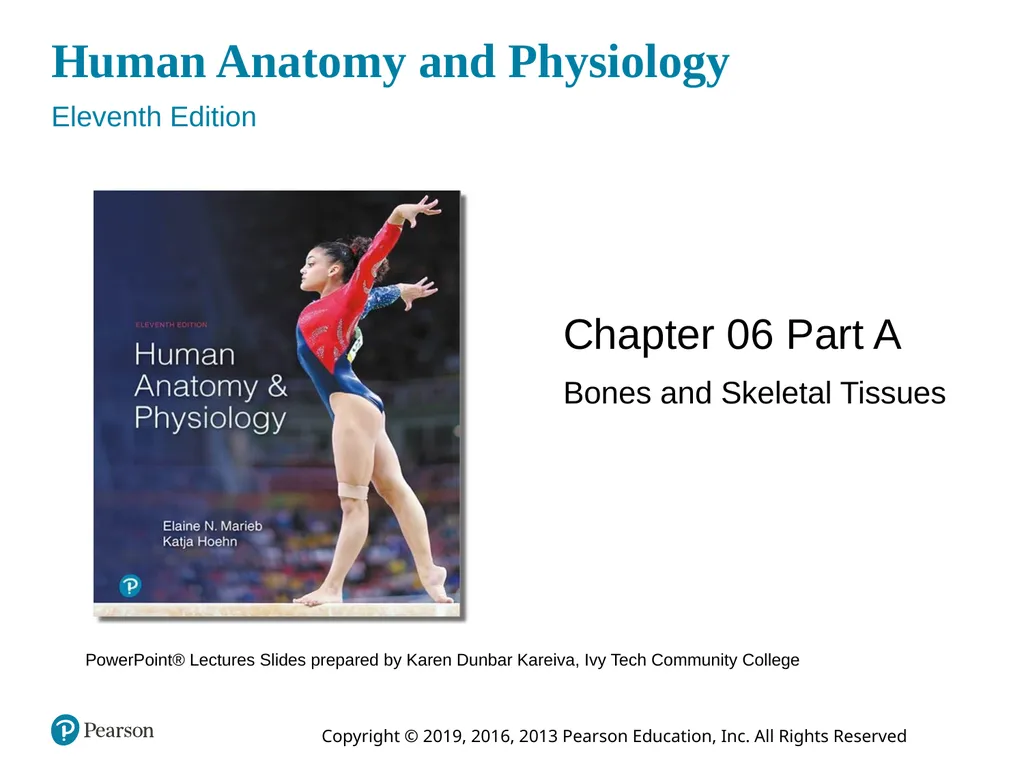
Author : luanne-stotts | Published Date : 2025-05-23
Description: Human Anatomy and Physiology Eleventh Edition Chapter 06 Part A Bones and Skeletal Tissues PowerPoint Lectures Slides prepared by Karen Dunbar Kareiva, Ivy Tech Community College Copyright 2019, 2016, 2013 Pearson Education, Inc. AllDownload Presentation The PPT/PDF document "" is the property of its rightful owner. Permission is granted to download and print the materials on this website for personal, non-commercial use only, and to display it on your personal computer provided you do not modify the materials and that you retain all copyright notices contained in the materials. By downloading content from our website, you accept the terms of this agreement.
Here is the link to download the presentation.
"Human Anatomy and Physiology Eleventh Edition"The content belongs to its owner. You may download and print it for personal use, without modification, and keep all copyright notices. By downloading, you agree to these terms.









![[READING BOOK]-Eleventh Hour CISSP: Study Guide (Syngress Eleventh Hour)](https://thumbs.docslides.com/985009/reading-book-eleventh-hour-cissp-study-guide-syngress-eleventh-hour.jpg)



